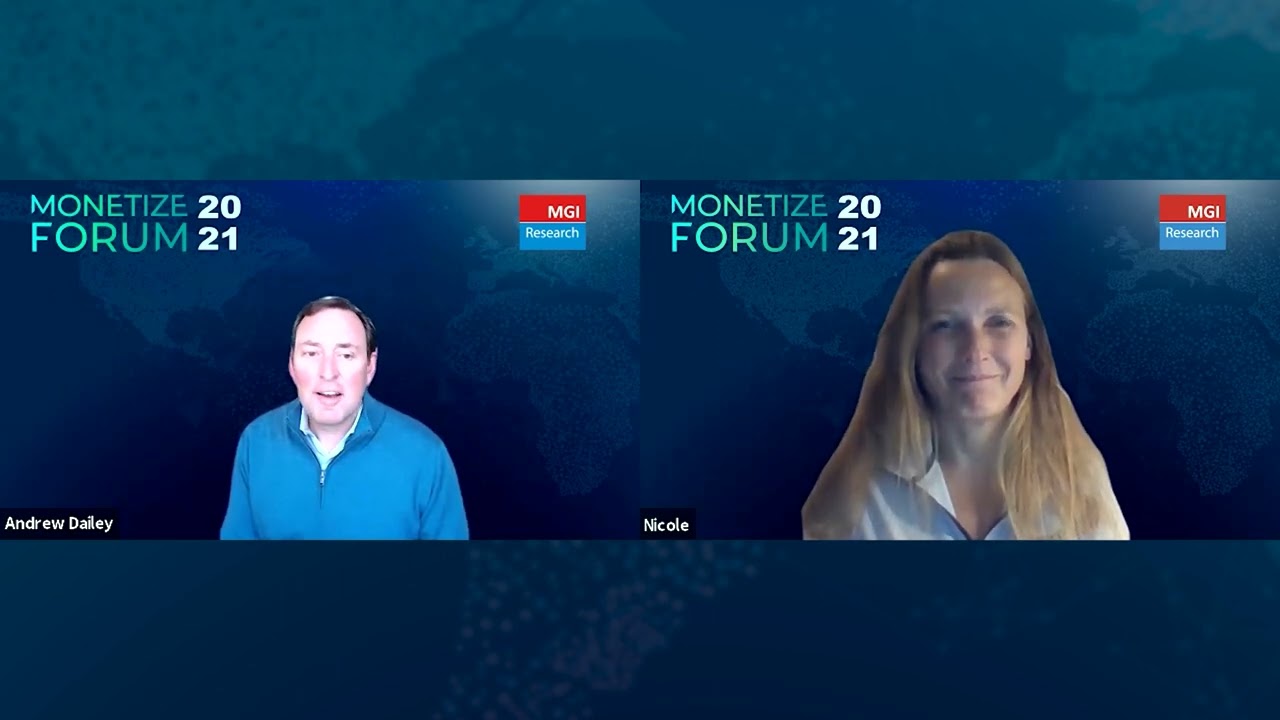Monetization is how market demand is created and then translated into revenues, profits, and business differentiation. How well companies handle monetization is reflected in their growth, profitability, customer retention and satisfaction.
Agile Monetization is an approach that is differentiated by ability to handle frequent change in the business environment, by ability to experiment and iterate and manage change in how financial transactions are abstracted and processed. A monetization capability that is agile allows non-technical business and finance users to rapidly implement most changes through configuration, not coding.
An Agile Monetization Platform (AMP) is a reference architecture that consolidates the key capabilities and processes needed for organizations to successfully execute their monetization strategy. AMP organizes the key elements needed to enable a successful monetization in a peer-to-peer architecture tied together via an API bus. Any module can communicate with any other module at any level of granularity. The service bus carries data, control signals, and events. An AMP solution can be comprised of two or more components and built up over time in a modular fashion.
MGI Research introduced the AMP reference model in 2015 – ostensibly to help buyers, suppliers, and investors in technology conceptualize a single-level approach to marshalling key capabilities needed for successful monetization. The initial version of the model included nine key disciplines that covered Agile Billing, Automated Revenue Management (ARM), CPQ, e-Commerce Platforms, Customer Resource Management (CRM), Order Management, Financials/General Ledger, Mediation, and Contract Lifecycle Management (CLM). Since that time, MGI has expanded the AMP architecture to cover four additional research areas: Payments, Financial Close, Taxation, and AR Automation/Collections.
The AMP concept has been widely accepted by both technology buyers and suppliers and changed how organizations think about their monetization approaches and strategies. Numerous companies use the AMP framework, together with the concept of 13 Deadly Sins of Monetization, to benchmark the age, completeness, and efficacy of their monetization ecosystem,

to find capability gaps and refine their strategies. Similarly, technology suppliers have leveraged the AMP model to create product roadmaps for their monetization solutions and to improve the way they communicate with their customers, prospects, and investors.
Key Issues/FAQ
- What are Agile Monetization best practices?
- What are the critical and emerging requirements for AMP?
- How can companies leverage agile monetization for durable competitive differentiation?
- How can business, finance, and IT organizations position themselves for monetization success?
- How is AMP different from traditional ERP systems?
- How will companies monetize their opportunities by 2030?
Leading Suppliers
Today, most vendors are not able to supply the entire AMP capability set, especially in an agile, often cloud-based context. However, our research shows that customers want this. Many leading businesses are beginning to incubate and integrate this capability in-house, and we see a number of suppliers moving in this direction.
- Adyen
- Avalara
- BillingPlatform
- BluLogix
- Conga
- CSG Systems
- DigitalRiver
- DigitalRoute
- DocuSign
- Certinia (formerly FinancialForce)
- GoodSign Solutions
- Gotransverse
- Icertis
- JustOn
- LogiSense
- Maxio
- Oracle NetSuite
- Sage
- Salesforce
- SAP
- Stripe
- VISA
- Workday
- Zuora
For more information about AMP, read Agile Monetization Platform (AMP) – Definition Update.
What is e-Commerce?
What is Automated Revenue Management (ARM) / Revenue Recognition?
What is Agile Billing?
What is Customer Relationship Management (CRM)?
What is Configure-Price-Quote (CPQ)?
What is Financials?
What is Mediation?
What is Payments?
What is Order Management?
What is Financial Close?
What is Contract Lifecycle Management (CLM)?
What is Taxation?
What is AR Automation/Collections?
What is Service-as-a-Business (SaaB)?
What is Services?
What is Professional Services?
What is FP&A?
What is Customer Support?
What is a Customer Portal/Customer Communities?
What is Customer Success?
What is Inventory Management?
What is Project Management?
What is General Ledger?
What is Sales Automation?
What is Skills Management?
What is Resource Management?
What is Expense Management?
What is Procurement Management?
What is Time Management?
What is ERP?


